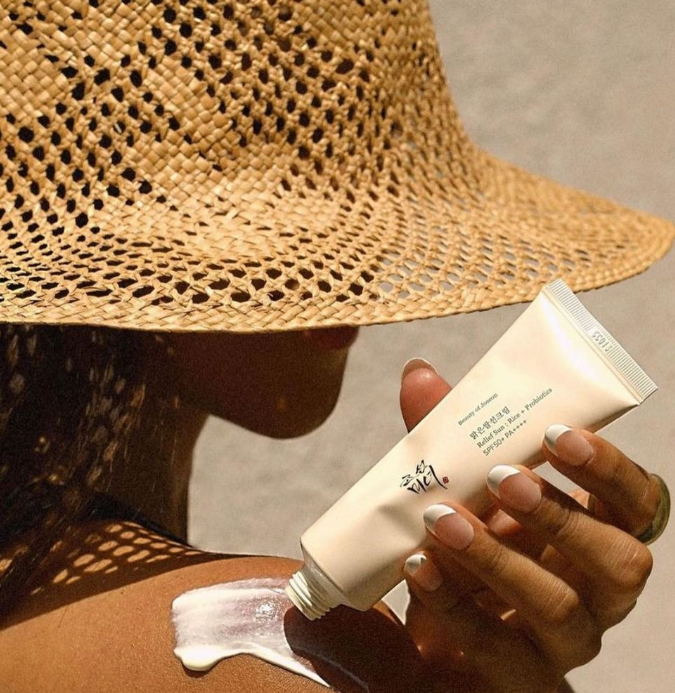How to Tell If a Product Is Right for Your Skin
Simple Signs and Smart Tips to Choose the Right Skincare
Introduction: Why the Right Product Matters
Choosing the right skincare product isn’t just about chasing trends or picking something with pretty packaging. It’s about finding what works for your unique skin—because using the wrong product can lead to breakouts, irritation, or simply no results at all.
Whether you’re new to skincare or a product junkie, learning how to read your skin’s signals and understand product labels can save you time, money, and frustration.
In this guide, we’ll show you how to tell if a product is right for your skin—based on its ingredients, how your skin reacts, and how to test and adjust your routine.
1. Know Your Skin Type First
Before you can choose the right product, you need to know what type of skin you have. There are five main skin types:
-
Normal: Balanced, not too oily or dry, few breakouts
-
Oily: Shiny, especially in the T-zone; enlarged pores, prone to acne
-
Dry: Flaky, tight, dull-looking skin
-
Combination: Oily in the T-zone, dry or normal on cheeks
-
Sensitive: Prone to redness, burning, or irritation
👉 Tip: Press a blotting paper on your face after cleansing but before applying anything. Where and how much oil shows can indicate your skin type.
Once you know your skin type, you can match products with labels like:
-
“Hydrating” for dry skin
-
“Oil-free” or “non-comedogenic” for oily skin
-
“Soothing” or “fragrance-free” for sensitive skin
2. Patch Test Before Full Application
It’s tempting to try a new product on your whole face right away, but that can backfire. Always do a patch test before applying anything new.
How to patch test:
-
Apply a small amount of product on your inner forearm or behind your ear.
-
Wait 24–48 hours.
-
Watch for redness, itching, bumps, or burning.
If there’s no reaction, it’s likely safe to use on your face. If irritation occurs, discontinue immediately.
3. Understand Key Ingredients
Not all ingredients work for everyone. Here are some popular skincare ingredients and how to tell if they’re right for you:
| Ingredient | Good For | Caution |
|---|---|---|
| Hyaluronic Acid | Dry or dehydrated skin | Safe for most skin types |
| Retinol | Aging, acne, uneven tone | Start slowly; can irritate sensitive skin |
| Salicylic Acid | Oily or acne-prone skin | May dry out or irritate dry skin |
| Niacinamide | Redness, large pores | Gentle, widely tolerated |
| Vitamin C | Dull skin, dark spots | Can cause stinging for sensitive skin |
| Fragrance | Makes product smell good | May irritate sensitive skin |
👉 Pro Tip: If your skin is reactive, look for shorter ingredient lists and fragrance-free formulas.
4. Watch for These Skin Signals
Once you start using a new product, your skin will start to “talk” to you. Here’s how to interpret the signs:
✅ Signs a Product Is Working:
-
Skin feels smoother, hydrated, or brighter
-
Acne starts clearing after 1–2 weeks
-
Skin tone looks more even
-
You feel comfortable and clean (not tight or greasy)
❌ Signs a Product Is Not Right for You:
-
Burning or stinging that doesn’t fade
-
Persistent redness or rash
-
Increased breakouts after 2–3 weeks
-
Peeling, flaking, or extreme dryness
👉 Note: Mild purging can happen with active ingredients like retinol or acids, but it should clear up in 2–4 weeks. If things get worse or painful, stop immediately.
5. Don’t Mix Too Many Actives
Even if individual products are fine, using too many strong ingredients together can cause over-exfoliation or barrier damage.
Avoid using these combos unless guided by a professional:
-
Retinol + Vitamin C (can irritate)
-
AHA/BHA + Retinol (too harsh)
-
Benzoyl Peroxide + Retinol (cancel each other out)
Start with one active ingredient at a time and give it 2–3 weeks before introducing another.
6. Give It Time—but Not Forever
Skincare is not instant. Even if a product is right for you, it can take 2–8 weeks to see full results—especially for acne, dark spots, or anti-aging effects.
But if you’re seeing no improvement after 6–8 weeks, or your skin is getting worse, the product may not be a good fit.
7. Trust Your Skin More Than the Hype
With influencers, ads, and TikTok trends flooding your feed, it’s easy to feel like you’re missing out. But what works for one person may not work for you.
Instead of chasing trends, focus on:
-
What your skin actually needs
-
How your skin feels and reacts
-
Simple, proven ingredients over hype
Conclusion: Listen to Your Skin
At the end of the day, your skin will tell you whether a product is right or wrong. Trust it. Use the tools in this guide—know your skin type, patch test, read ingredients, and observe your results.
Skincare is a personal journey, not a one-size-fits-all routine. The more you learn to listen to your skin, the easier it becomes to build a routine that works for you.



